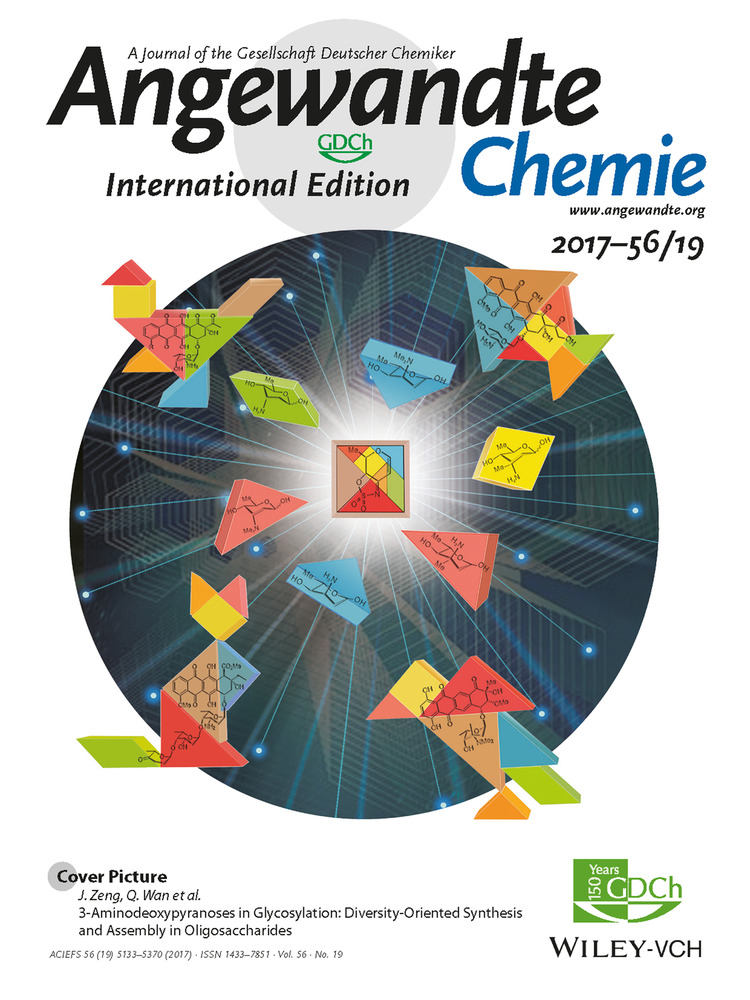Proximity-Based Sortase-Mediated Ligation
Graphical Abstract
Proximity-based labeling: The poor reaction kinetics of sortase A (SrtA), a bacterial transpeptidase, has been a significant limitation for its use in site-specific protein bioconjugation. Proximity-based sortase-mediated ligation (PBSL) improves ligation efficiency by bringing target proteins in proximity to SrtA with the SpyTag–SpyCatcher peptide–protein pair and allows for protein purification and labeling to be simplified to a single step.
Abstract
Protein bioconjugation has been a crucial tool for studying biological processes and developing therapeutics. Sortase A (SrtA), a bacterial transpeptidase, has become widely used for its ability to site-specifically label proteins with diverse functional moieties, but a significant limitation is its poor reaction kinetics. In this work, we address this by developing proximity-based sortase-mediated ligation (PBSL), which improves the ligation efficiency to over 95 % by linking the target protein to SrtA using the SpyTag–SpyCatcher peptide–protein pair. By expressing the target protein with SpyTag C-terminal to the SrtA recognition motif, it can be covalently captured by an immobilized SpyCatcher–SrtA fusion protein during purification. Following the ligation reaction, SpyTag is cleaved off, rendering PBSL traceless, and only the labeled protein is released, simplifying target protein purification and labeling to a single step.





